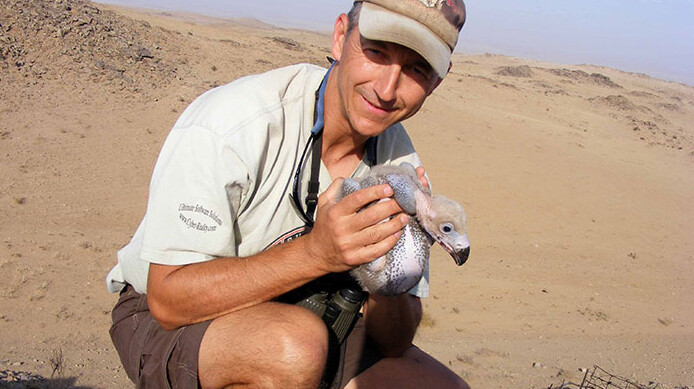
Look at a picture of the Mongolian steppe and you might swear it’s the Platte River Valley in Nebraska. There are actually many similarities between the North American Great Plains and this Asian steppe, a temperate grassland covering 342,000 square miles of eastern Mongolia and stretching into China.
Richard Reading, vice president for conservation biology at the Denver Zoo, will speak May 6 at the Great Plains Art Museum in the Center for Great Plains Studies, 1155 Q St., about his work to build a nature reserve on the Mongolian plains, an effort that may be applied to other grassland areas.
At the event, the center will also celebrate the release of the book “Natural Treasures of the Great Plains,” an anthology of nature- and landscape-related essays collected from Prairie Fire Newspaper. The first 50 attendees will receive a free copy of the book. Editors Paul Johnsgard, Tom Lynch and Jack Phillips will be on hand to sign copies. The book launch begins at 3 p.m.
Reading’s talk, “Transforming a Mongolian Nature Reserve from Paper Park to Model Protected Area,” will start at 3:30 p.m. The event is free and open to the public.
Reading is the founder of the Denver Zoo’s Department of Conservation Biology. His research interests include grasslands conservation, endangered species, conservation policy and attitudes toward conservation. He is heavily involved in the conservation of black-tailed prairie dogs. Reading earned his master’s degree in environmental studies, wildlife ecology and philosophy and a doctoral degree in wildlife ecology from Yale University.







